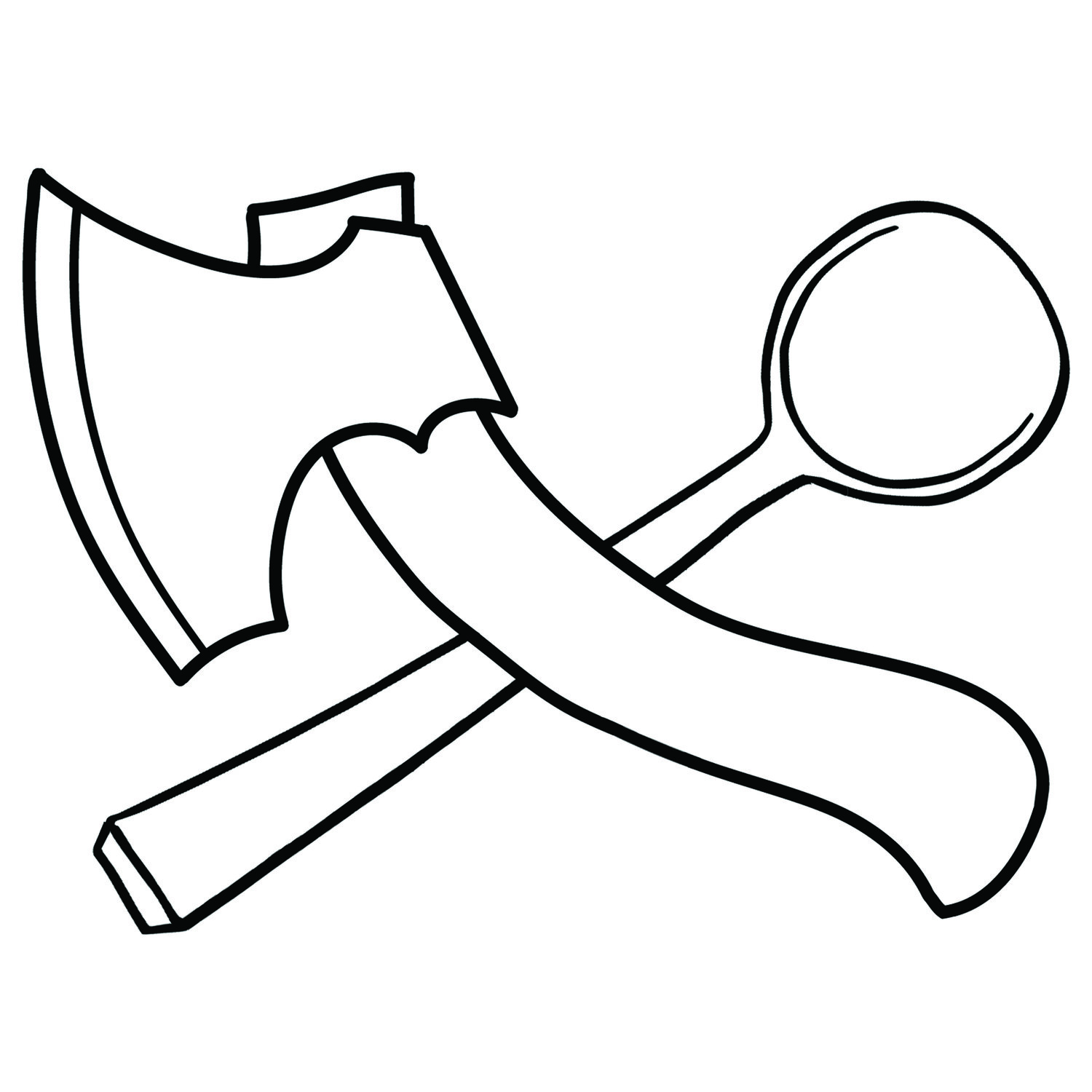Hans Karlsson Carpenters Axe Review
Vital Statistics
Weight: 700grams (1.6lbs)
Steel: SS1672
Hardness: about 55 Rockwell.
Bevels: 30 degrees,
Bit length: 100mm (4")
Total length: 370mm (14 1/2")
'Snickaryxa' by Hans Karlsson
I've been using the Hans Karlsson axe, alongside my main carving axe, the Svante Djarv Little Viking axe, for a couple of months now. I really like my Little Viking. I've had that axe for three years and have carved hundreds of spoons and dozens of bowls with it.
To be honest I wouldn't really recommend getting more than one dedicated carving axe. The first axe I bought was the Gransfors Bruks Wildlife Hatchet back in 2009 when I first started carving. I added the Little Viking because I wanted to try bowls and the longer edge and heavier head helps with that kind of work. Three years of work with that axe and it's become an extension of my body. I know exactly where it starts and stops, it's weight and heft are familiar and there's not much carving it can't do.
I added the Karlsson because I had the opportunity to get several of them at a discounted rate. It was a great chance to get some fantastic tools for my carving classes and the Karlsson is a fantastic axe. But it just wasn't the axe I was used to.
It didn't take long to get used to it, and it wastes wood excellently. The shape of the head feels like a scaled down Little Viking: 40mm shorter and 100 grams lighter. It has a slight hollow grind and a shorter bevel. Out of the box it cut aggressively and the smaller size made it feel nimble. The handle at the base of the head is quite thick, something I don't like so much, but nowhere near being an actual problem. I also miss the thumb indent the Little Viking has on the poll.
Most dedicated carving axes follow a similar pattern: bearded head, upswept toe, flat/hollow grind, short and gently curved handle. I own the Karlsson and the Little Viking and have tried the Gransfors Bruks Large Carving Axe several times and I feel that if you have one, you probably won't gain much from owning any of the others. That said, if you have the 700g Karlsson and you add the 1kg (2.2lb) Gransfors, that might make larger carving projects (like bowls) go quicker. Just to reiterate, the gains to be had aren't substantial. I feel that you'd be better off mastering the tool you have and keep the number of edges you have to sharpen to a minimum.
If you're looking to get into spoon carving, any hatchet will work. Just make sure you get it razor sharp, as this will make carving safer and more fun. You don't have to drop a ton of cash to make great work. If eventually you feel like you want an axe designed specifically for carving work, it's worth trying to have a play around with a few if you can.
If you're local to Madison and want to learn spoon carving and try out a few different tools, feel free to get in touch.
From left to right: Gransfors Bruks Wildlife Hatchet, Hans Karlsson Carpenters Axe, Svante Djarv Little Viking
Shorter bit and narrower bevel on the Karlsson (left) compared to the Little Viking (right).
As a final note and semi-disclaimer - buying shiny sharps is fun.
If you enjoy the content of this site and find it to be useful, help me to be able to spend more time on similar articles by becoming a Patreon.









